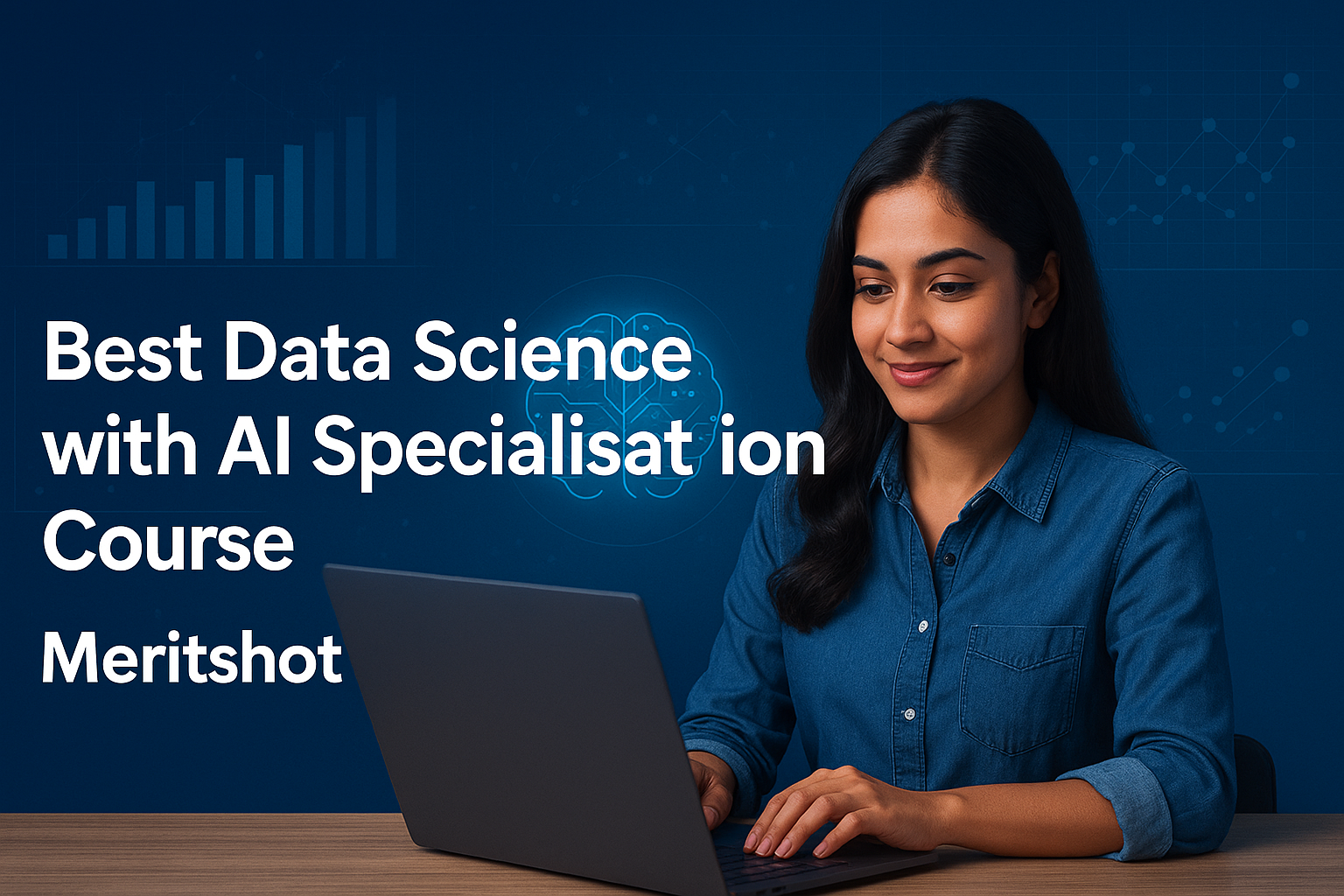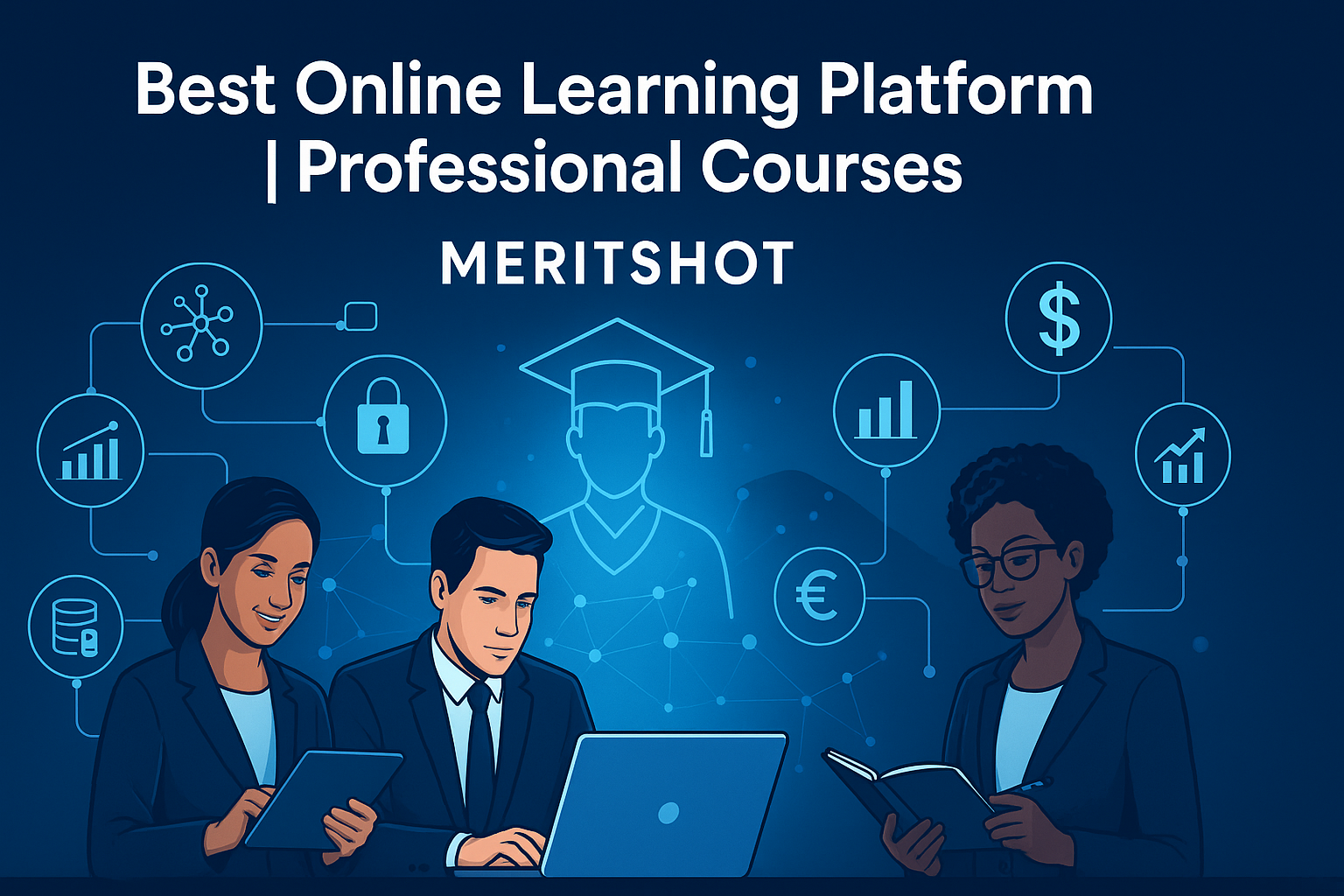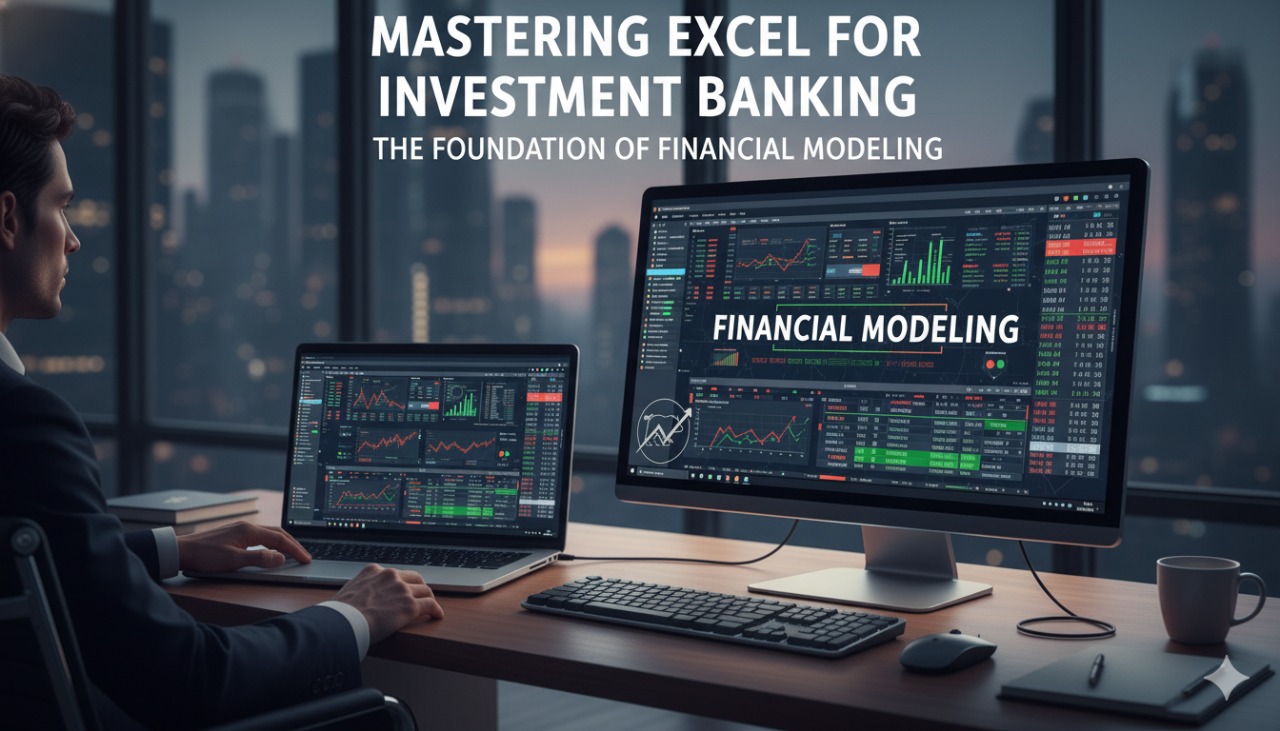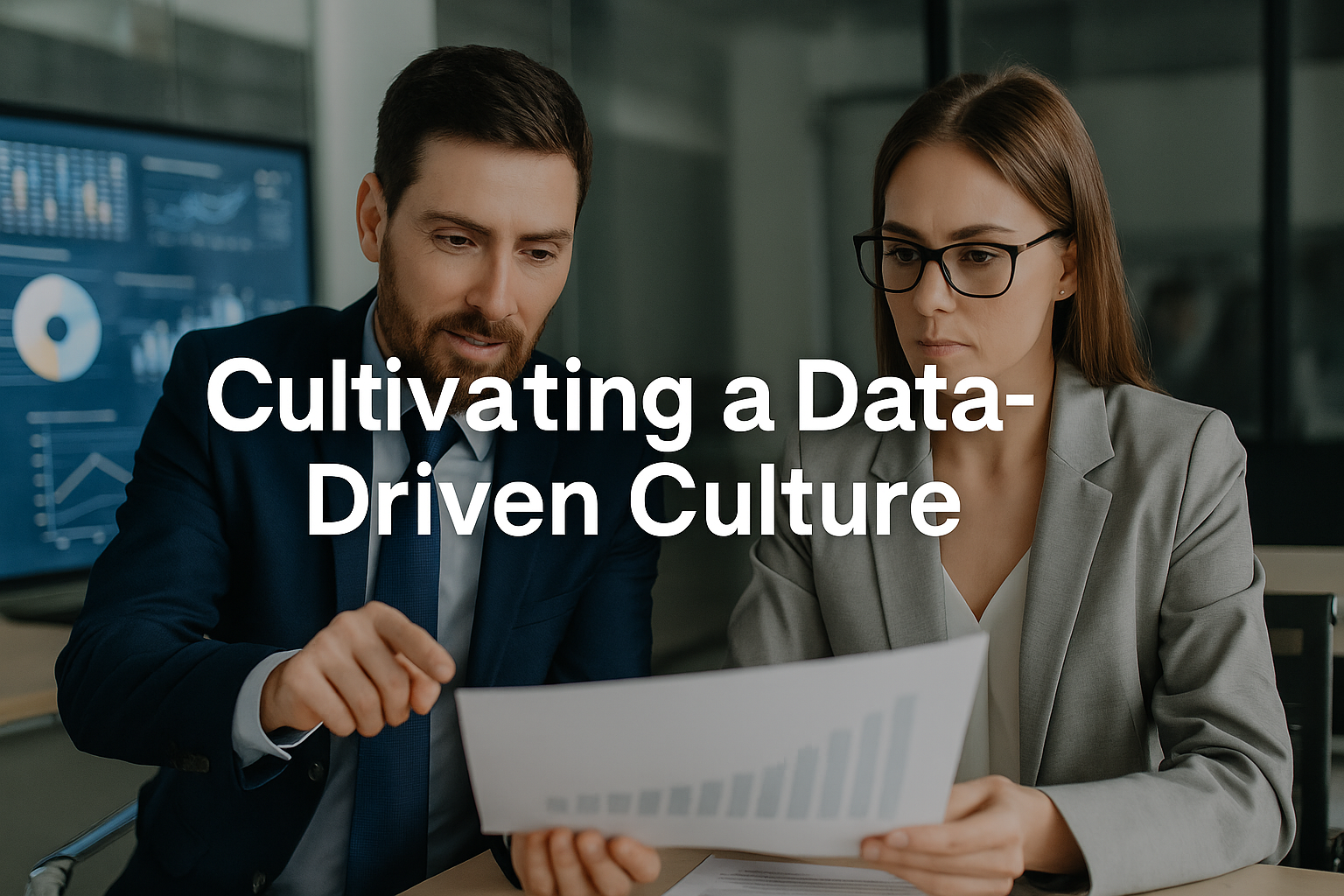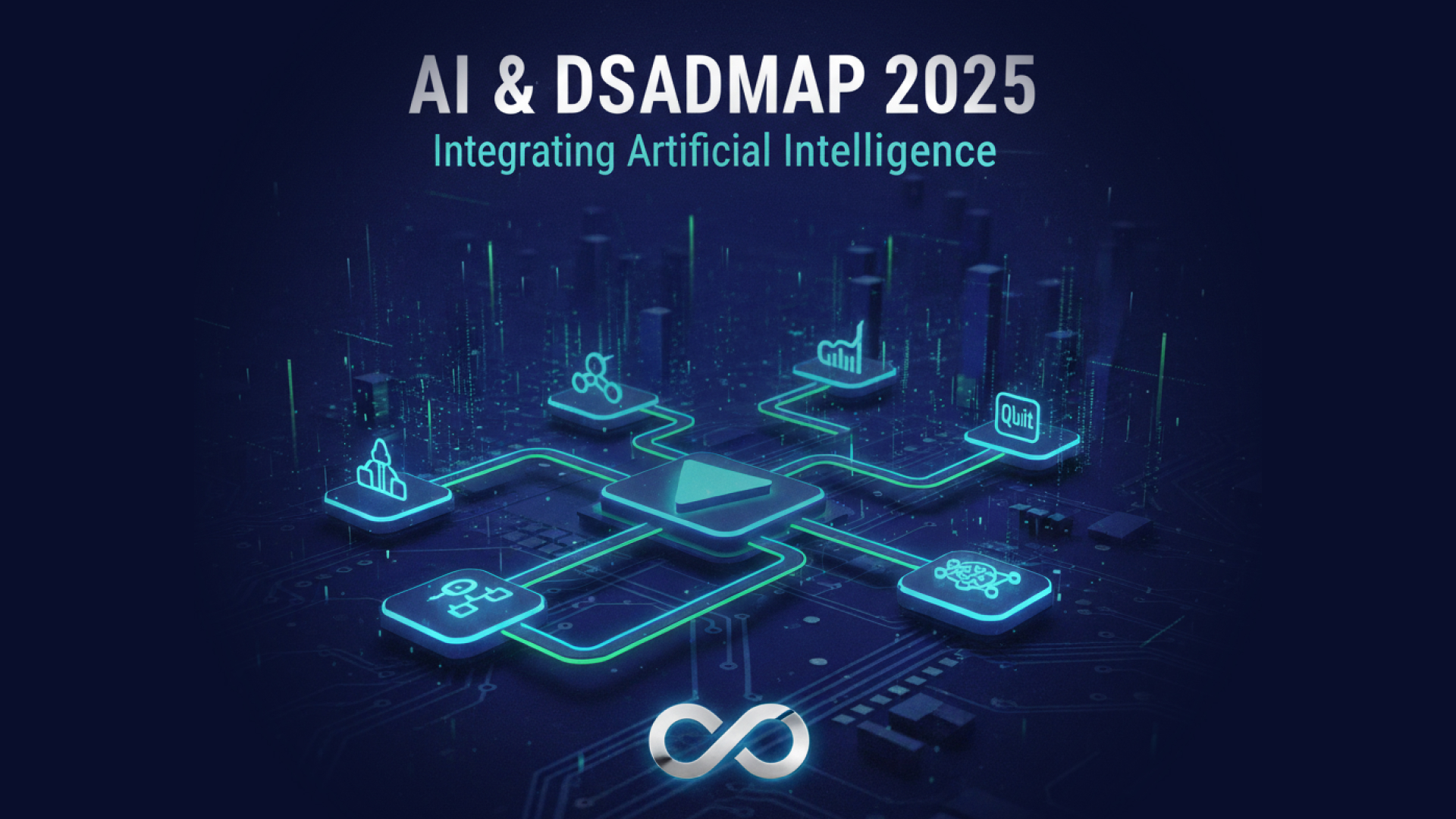Blog

Full-Stack DSA Roadmap: Projects, Patterns & 90-Day Plan
Full-Stack Developer Roadmap 2025: Projects, Patterns & 90-Day Plan
October 29, 2025
Apply algorithms across frontend, backend, and DB projects, interview patterns
.avif)

When you search for a “full stack roadmap,” you will see many complex charts that look like metro maps. They can be confusing and mostly just list a bunch of tools. They tell you what to learn but not how to actually think like a developer. This roadmap is different; it focuses on helping you understand each step, not just memorize it. And while you can learn on your own, having the right guidance or a clear plan can make your learning journey much easier and faster.

1.What “Full Stack Development” actually mean
A Full Stack Developer acts as the crucial link between various components of a project:
- Frontend Design: Creating the user interface and interactions using technologies like HTML, CSS, JavaScript, React, or Next.js.
- Backend Development: Building the underlying logic that powers the application with tools such as Node.js, Express, Python, or Java.
- API Integration: Connecting the frontend and backend to enable seamless communication.
- Data Management: Efficiently storing and retrieving data from databases like PostgreSQL, MySQL, or MongoDB.
- Cloud Deployment: Deploying and scaling the entire system on cloud platforms such as AWS, GCP, or Azure.
Therefore, a Full Stack Developer doesn't just specialize in one area, but possesses the comprehensive ability to take a feature idea, design it, code it, and deploy it into production. This makes them a rare and highly valuable asset.
2. Who This Is For and What You Will Learn
This guide is for anyone who wants to go beyond just learning and start building real things.Maybe you have finished a bootcamp and want solid projects for your portfolio.Maybe you already work on product features and want faster, simpler ways to solve problems.Or maybe you are preparing for interviews and want better stories to share.
Whatever your reason, full stack development helps you see the complete picture of how ideas turn into real applications that people use every day.
You will explore:
- Frontend: Everything the user sees and interacts with, like web pages, buttons, and layouts.
- Backend: The logic that powers your app, handles data, and connects everything together.
- Databases: Where your app’s information is stored and how it is fetched when needed.
- APIs and Integration: How the frontend and backend communicate smoothly.
- DevOps and Infrastructure: How your code is tested, deployed, and scaled for real use.
- Testing, Security, and Performance: The essential layers that keep your app reliable and fast.
Think of it like building a home. The frontend is what people see, the backend is the structure, databases are the storage rooms, APIs are the doors that connect everything, and DevOps keeps the whole system running well.
You are not just learning to code, you are learning to connect all the parts and bring ideas to life from start to finish.
3.The 5 Phase Full Stack Developer Roadmap (2025–2026)
Phase 1: Web Fundamentals (Days 1–15)
Start with the basics before diving into frameworks.
- HTML5 -structure and meaning
- CSS3 -layouts, flexbox, responsive design
- JavaScript (ES6+) -variables, loops, functions, DOM
Mini Project: Personal portfolio website (deploy on GitHub Pages)
DSA Start: Learn Big-O Notation to understand performance.
Goal: Build small interactive websites and think about efficiency.
Phase 2: Frontend Development (Days 16–35)
Bring your designs to life with modern frameworks.
Tools: React.js / Next.js, Redux or Context API, Tailwind CSS / Material UI
Projects:
- Autocomplete Search Box (using Trie)
- Leaderboard Dashboard (Heap / Redis)
Learn: Component design, fast updates, caching, WebSockets. Goal: Build responsive, real-time user interfaces.
Phase 3: Backend Development (Days 36–55)
Add logic and power to your apps.
Tools: Node.js, Express.js, SQL (PostgreSQL), MongoDB, Redis
Projects:
- User Management REST API
- Rate Limiter
Learn: Indexing, caching, error handling, authentication.
Goal: Understand data flow and system scalability.
Phase 4: APIs, DevOps & Cloud (Days 56–75)
Connect, deploy, and automate your apps.
Learn: REST & GraphQL, Docker, Git/GitHub, CI/CD, AWS/Render/Vercel
Projects:
- Deploy full MERN app
- Add monitoring and auto deploy
Goal: Take apps from local to production confidently.
Phase 5: AI Powered Full Stack (Days 76–90)
Build smarter, adaptive applications.
Learn: Integrate AI features using OpenAI or Hugging Face APIs.
Example:-
- The Feature - What Users See
Every app begins with what the user interacts with.
Example: showing “search suggestions” as you type. - The Algorithm- How It Works
Behind every feature is the logic that makes it function.
For autocomplete, that’s often a Trie or Prefix Tree. - The Stack -The Tools Used
These are the technologies used to build everything.
Example: React for the interface, Node.js for the backend, and Redis to make it faster.
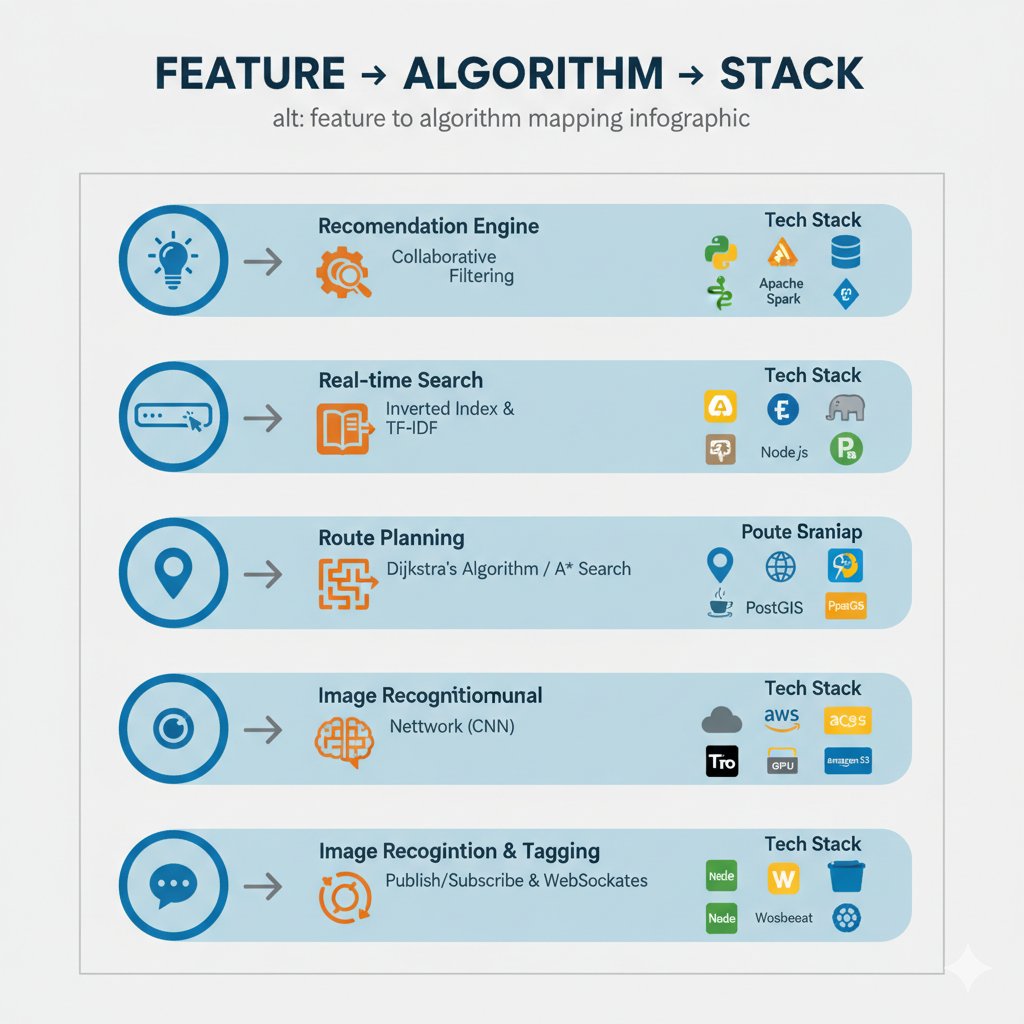
Inside Meritshot’s Full Stack SDE Program, mentors guide you through this thinking process, helping you connect algorithms with production ready apps. Schedule a call!
By the end of this roadmap, you’ll have five deployable projects, a solid grasp of DSA, and a portfolio recruiters love.
Tip: Always deploy your projects publicly and include live demos in your resume
4.Career Outlook: Full Stack Developer Jobs in India & Abroad
India:
Cities like Bangalore, Pune, and Hyderabad are full of startups hiring MERN/MEAN stack developers. Entry level salaries range from ₹8–18 LPA depending on project exposure and interview skills.
Abroad:
In the US, UK, and Europe, full stack roles pay between $80K–$120K/year, especially if you can manage cloud deployment and AI integration.
Top Industries Hiring in 2025:
- SaaS & Cloud Startups
- Fintech & E-commerce
- AI & Automation
- Healthcare Tech
5.Interview Strategy: From “How I Coded” to “Why It Matters”
Use this 4 step storytelling formula in interviews:
- Problem: Identify the issue. For example, "Users were experiencing slow search results."
- Action: Describe your solution. For instance, "I implemented caching and utilized a Trie data structure."
- Result: Explain the outcome. "This led to a 40% reduction in latency."
- Future Idea: Briefly mention a potential improvement. "My next step is to incorporate typo tolerance."
6.AI Powered Full Stack: Building Smarter Apps
The future of tech is not just about code that works, it is about code that thinks. Artificial intelligence is transforming how we build and experience software. From smarter searches on Google to personalized recommendations on Netflix and fraud detection in banking apps, AI is becoming the silent engine behind everything.
For full stack developers, this means a big opportunity to blend traditional app development with AI tools and APIs. Start small:
- Use OpenAI API to add intelligent text or image features.
- Try Hugging Face for pre-trained models that can be plugged into your app.
- Explore Google Cloud AI or AWS Machine Learning for scalable, enterprise grade solutions.
The new generation of developers is not just coding pages, they are creating experiences that understand users. With AI integrated into full stack workflows, you can build apps that learn from data, predict needs, and personalize every interaction.
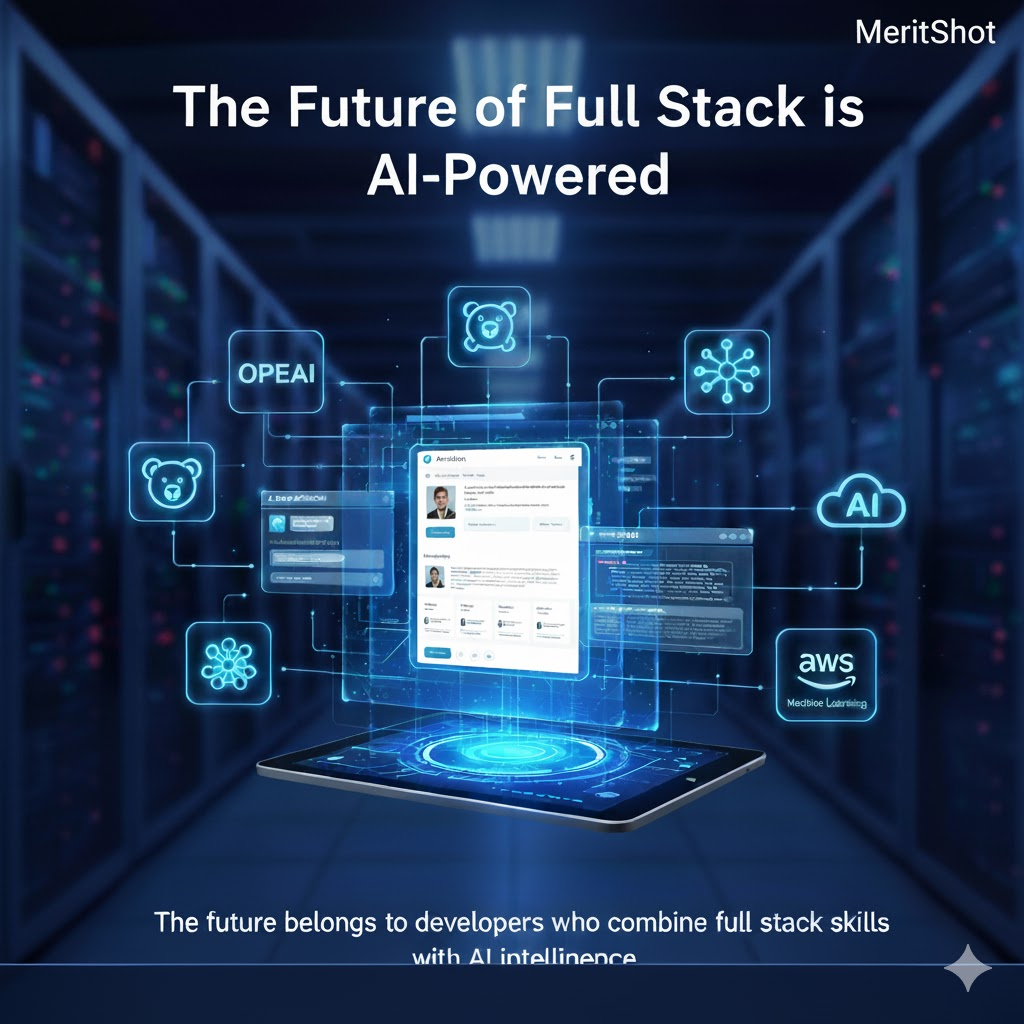
7.Tools, Practice Rules, and Burnout Hacks
Every developer starts with tools, but it is how you use them that really shapes your journey. Think of your tools as creative partners, not just software. Start with the basics that every developer swears by:
- VS Code for clean and customizable coding.
- Git and GitHub to manage versions and collaborate smoothly.
- Postman to test and debug APIs with ease.
As you grow, explore advanced tools that make your workflow faster and smarter:
- Docker for running apps anywhere without breaking them.
- Redis for caching and speed.
- AWS or Vercel for hosting and deployment.
But here is the thing, mastering tools is not about racing to learn everything. It is about steady and focused practice. Set small daily goals, work on mini projects, and track your progress. Try coding one hour a day instead of burning out after weekend marathons. Balance is what turns learners into lifelong builders.
And yes, burnout happens even to the best. Take short breaks, step away from the screen, and remind yourself why you started coding. Platforms like Meritshot provide structured, mentor led roadmap that turns your learning into a job offer.
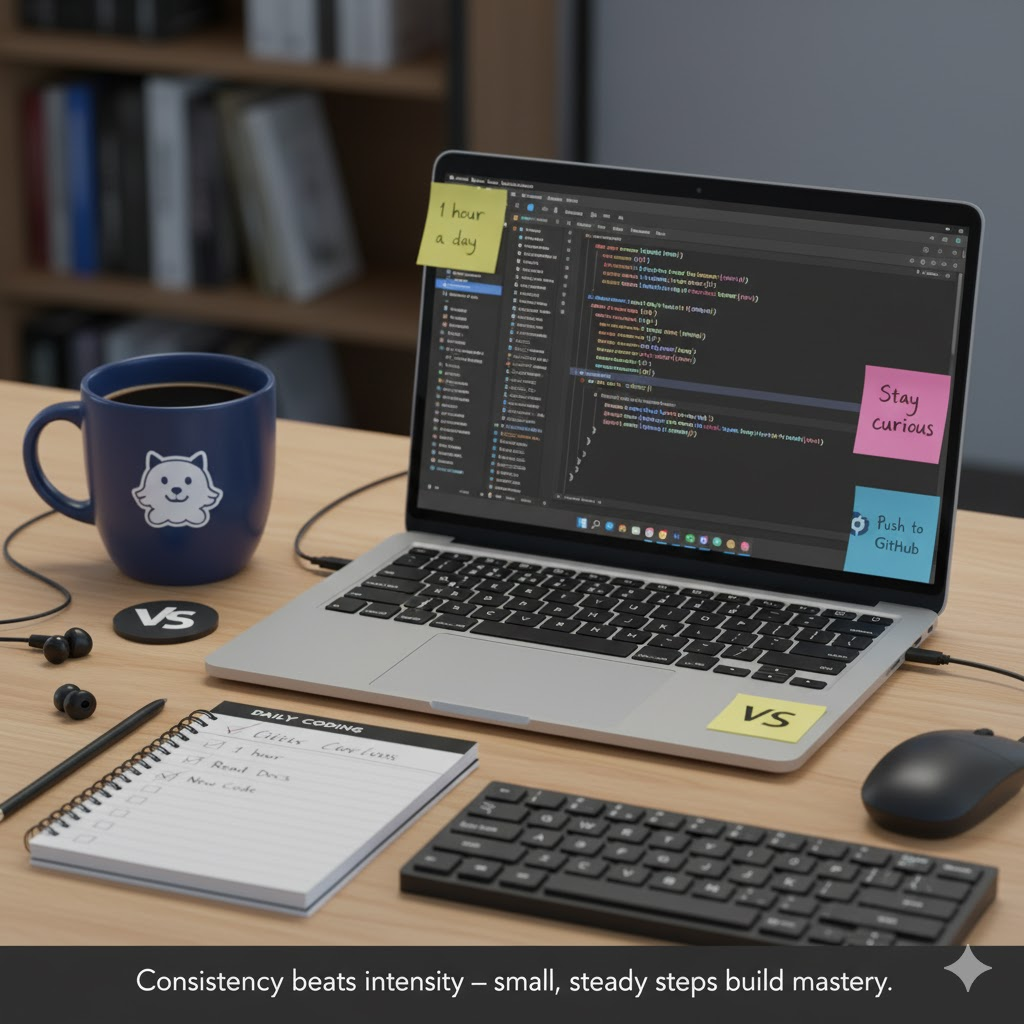
8.How Meritshot Helps
Learning full stack development isn’t just about coding, it’s about creating something that works, something that people can actually use. That’s exactly what MeritShot helps you do. Their Full Stack Development program gives you everything you need to move from basics to building real projects using React, Node.js, APIs, databases, and cloud deployment.
You’ll get:
Expert mentorship from industry engineers
Real world full stack projects
Guided interview preparation
- AI integration modules
- Global job assistance
This program bridges the gap between knowing how to code and knowing how to engineer.
Apply now and start your journey to becoming a job ready Full Stack Developer, in India or abroad.
👉 Start your Full Stack journey with MeritShot
9.Conclusion
Don’t Just Code, Build Systems
Learning full stack development isn’t just about knowing code or frameworks. It’s about turning ideas into real, working solutions. When you pair solid DSA knowledge with hands on full stack projects, you move beyond just writing code and start thinking like an engineer who can build, scale, and deliver meaningful products. So start small, stay curious, and keep creating. The world needs more builders who understand the full picture, and you can be one of them.Full stack development is more than just coding; it's about transforming concepts into functional solutions. By combining strong Data Structures and Algorithms (DSA) knowledge with practical full stack projects, you evolve from a coder into an engineer capable of building, scaling, and delivering impactful products. Begin with small steps, maintain your curiosity, and continue to create. The world needs more holistic builders, and you have the potential to be one.
10.FAQ's
Q1: What exactly does a full-stack developer do?
A: They handle both frontend (what users see) and backend (server, database, APIs) tasks. They also think about deployment, performance, and how all layers communicate.
Q2: Do I need to master every technology in the stack?
A: No. Be T-shaped: deep in one area (like frontend or backend) and familiar with the rest so you can connect pieces and ship features.
Q3: How long does it take to become a full-stack developer?
A: With focused practice and small projects, you can build a usable portfolio in a few months. Mastery is ongoing.
Q4: Which languages or frameworks should I learn first?
A: Start with a common combination: HTML/CSS + JS/React for frontend, Node.js/Express or Python/Flask for backend, and Postgres or MongoDB for the database. Focus on understanding concepts more than memorizing frameworks.
Q5: How important are algorithms and data structures in full-stack work?
A: Very practical ones are important: arrays, maps, tries, heaps, indexes. They help with features like search, leaderboards, caching, and pagination. You don’t need to memorize all theory so know the parts you actually use.
Q6: Do I need DevOps knowledge as a full-stack developer?
A: Basic understanding helps CI/CD, deployment, environment variables, and monitoring. Advanced orchestration (Kubernetes, Terraform) is optional at first but nice for bigger projects.
Q7: Should I focus on frontend or backend first?
A: It depends on your interest. Pick one to start, but always learn how it interacts with the other side. For example, frontend developers benefit from understanding APIs and backend caching.
Q8: How can I practice full-stack without feeling overwhelmed?
A: Build small, end-to-end features. Even a typeahead search bar or a mini leaderboard teaches frontend + backend + DB + deployment. Ship first, refine later.
Q9: How do I prepare full-stack projects for interviews?
A: Keep them polished but small. Add a README explaining your design decisions, trade-offs, and the business/product impact. Highlight the challenges you solved.
Q10: What common mistakes should I avoid as a full-stack developer?
A: Over-engineering before shipping, ignoring testing, leaving sensitive info in code, or thinking frontend and backend are completely separate. Focus on shipping small, reliable features and learning iteratively.





